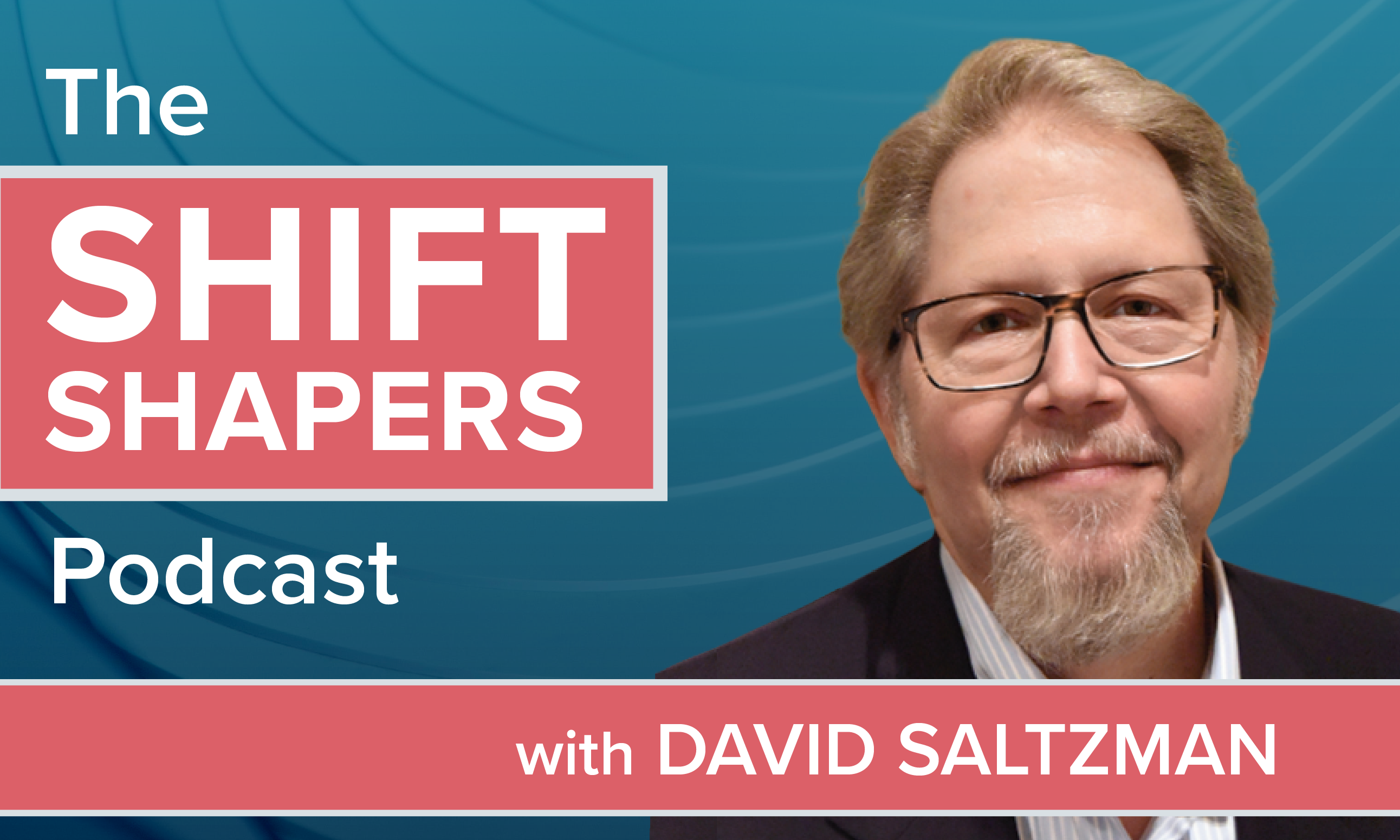Depending on who you talk to, the small business market iseither a totally untapped opportunity for selling voluntary or it’sa market that is not worth the effort. Which of these two divergentopinions is true isn’t clear cut, but may become more so afterreviewing the market and looking at some of themisunderstandings.
|First, we have to agree on a definition for the “small businessmarket.” There’s no industry definition—we’ve heard as small as“under 50 lives” and as large as “up to 300 lives.” For the purposeof this discussion, let’s define the small business market asaccounts with between 10 and 100 employees.
|The primary misunderstanding in this market that clearly needsdispelling is one we hear occasionally at industry trade shows: Noone is serving the small group market and, thus, few smallemployers today offer any voluntary benefits. That’s simply nottrue. According to recent Eastbridge research, three-quarters ofsmall employers offer at least one voluntary benefit.
|Granted, the penetration levels aren’t as high as they are inthe mid-market, where up to 88 percent offer at least one voluntarybenefit. It’s true that the percentage offering voluntary is lessthan three-quarters at the lower end of the small market(especially the under 50 lives), but a significant portion still dooffer voluntary. All of this is good news if you’re looking forvirgin cases since there are more of these in the small market thanin the larger market.
|But the good news doesn’t stop there. Small accounts also tendto offer a lower number of voluntary products today than do largeraccounts, averaging just three as compared to five for largeremployers. This means there’s opportunity to add new types ofvoluntary products in all small cases. Often the smaller employeroffers less robust benefits packages on the employer-funded side,so there is more opportunity to supplement the package withvoluntary. All that’s required is making sure the administrativeprocesses for the employer is smooth. That means picking goodcarrier partners, including ones that make administration easy forthe employer.
|On the other side of the argument is that small cases take toomuch time for too little payback. That may be the case sometimesbut, generally, smaller cases take less time to close and there’s amore streamlined decision-making process. With the right partners,enrollment is easy and so is administration.
|So, is the small group market an untapped opportunity forvoluntary? It really depends on your perspective. There are manysmall employers across the country, and the need for voluntaryproducts is strong. If you’re in that market already and think thatyour small employer clients don’t offer voluntary products, you maywant to check again as there is probably another broker orvoluntary agent offering them. Be careful not to leave money on thetable for someone else to take.
Complete your profile to continue reading and get FREE access to BenefitsPRO, part of your ALM digital membership.
Your access to unlimited BenefitsPRO content isn’t changing.
Once you are an ALM digital member, you’ll receive:
- Critical BenefitsPRO information including cutting edge post-reform success strategies, access to educational webcasts and videos, resources from industry leaders, and informative Newsletters.
- Exclusive discounts on ALM, BenefitsPRO magazine and BenefitsPRO.com events
- Access to other award-winning ALM websites including ThinkAdvisor.com and Law.com
Already have an account? Sign In
© 2024 ALM Global, LLC, All Rights Reserved. Request academic re-use from www.copyright.com. All other uses, submit a request to [email protected]. For more information visit Asset & Logo Licensing.








